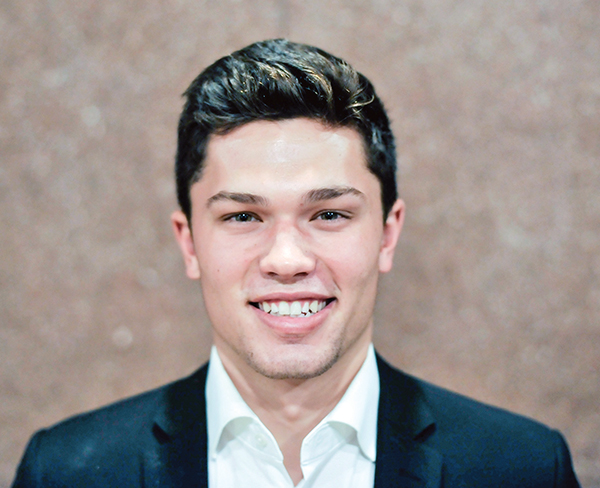By David Grinsfelder
Special to the Palisades News
The cities of Copenhagen, Denmark, and Malmö, Sweden remind me quite a bit of me and my younger brother, Matthew. While deep down we respect each other, on the surface it may seem as though we take pleasure in relentlessly ridiculing each other.
Copenhagen and Malmö are separated by only a 16 kilometer stretch of water, but residents lightheartedly bicker constantly. Over one weekend in late May, I stayed with my childhood au pair in Malmö, and each day made the journey across the Österbridge to play tourist in the city of Copenhagen.
The first immediate difference one notices between the “Big Brother” city of Copenhagen and the “Little Brother” city of Malmö is differing architectural styles.
Copenhagen’s environment is staggering with historic splendor, spiraling church steeples and picturesque building edifices, which line its main canals.

Malmö is unique in its modern style, with all-glass exteriors on some buildings, other structures that seem to be inspired by abstract Picasso paintings, and of course the Turning Torso, Malmö’s flagship tower that rotates 90 degrees from bottom to top. The architectural trend of Malmö could best be described as bordering on “futuristic.”
I also discovered distinct singularities between Danish and Swedish cuisine. The Danes are very fond of their fika, a small snack consisting of coffee and a slice of chocolate cake that can be found in any cafe or restaurant. They feast on plates of frikadeller (meatballs), flœskesteg (roast pork) and rugbrød (rye bread), flushed down by Danish wine or another cup of coffee.
My friends who are studying abroad in the city have overcome the obstacle of expensive Danish dining by frequenting the many shawarma eateries throughout the city.
The Swedes, for their part, have a preference for meaty dishes and an insatiable sweet tooth. Swedish meatballs, gravlax (dill-cured salmon) and raggmunk (potato pancakes) are something of an afterthought compared to the endless array of desserts. Cinnamon rolls, princess cake, andsemla (traditional sweet roll) line every menu.
The friendly banter that goes back and forth between Swedes and Danes is another indicator of a cultural division that a mere 16 kilometers of water does not convey.
I went to a stand-up comedy show where both a Dane and a Swede performed.
When the Swede took the stage, it was an inundation of Danish stereotypes: a country of kamikaze cyclists and inebriated Viking descendants. The comic quipped about the Danes’ repulsion to small talk with strangers and their pent-up sexual frustration.
During the Danish comedian’s set, his tirade covered Swedes’ passive-aggressive nature, their aversion to displays of emotion in any social setting, their childish obsession with candy, and mostly their frustration that they weren’t born Danish.
Despite the friction created by living in such close proximity, the residents of Copenhagen and Malmö, much like Matthew and I, ultimately have a great deal of respect for one another.
(David Grinsfelder, a 2015 Palisades High graduate, is a junior at UC Berkeley majoring in political science.)











You must be logged in to post a comment.